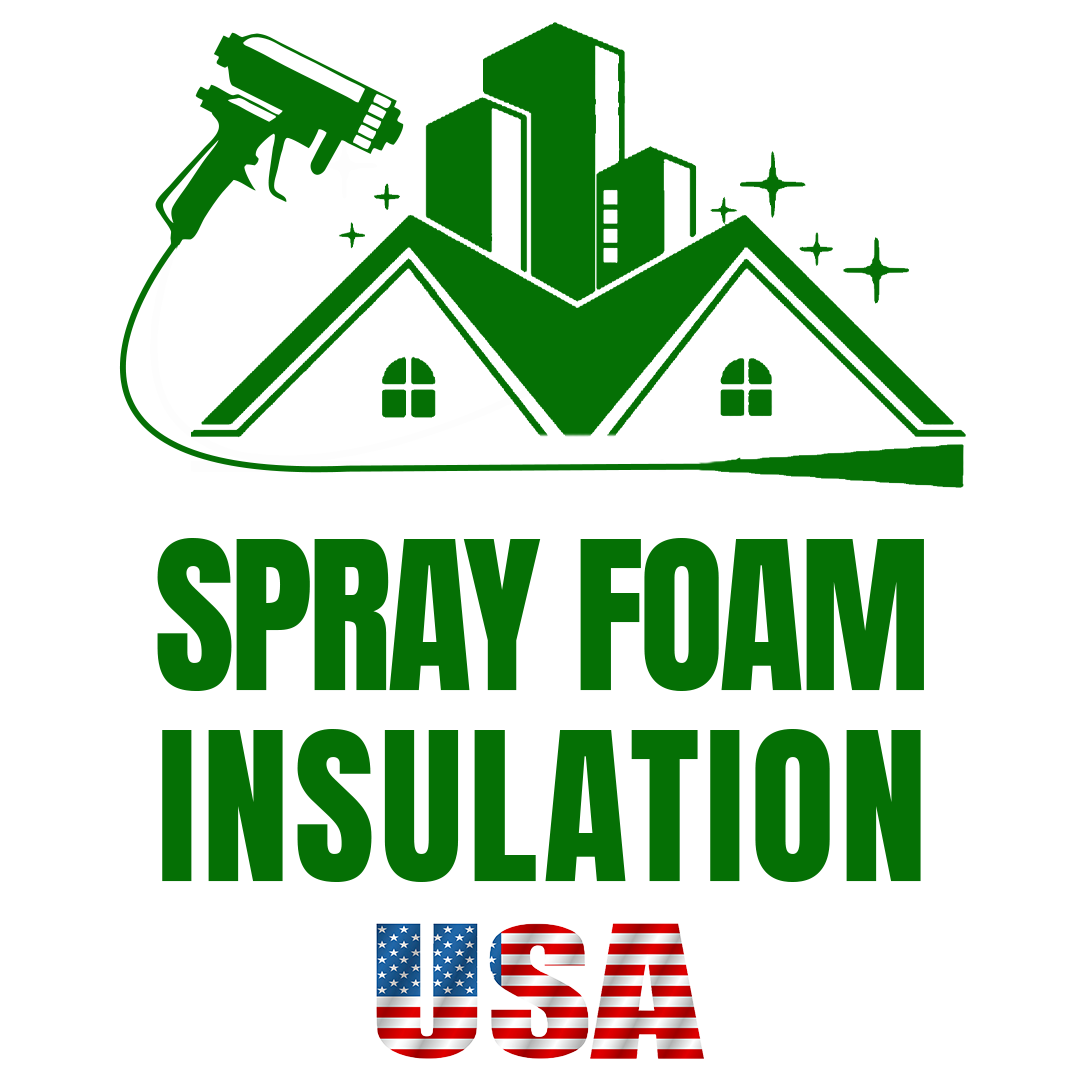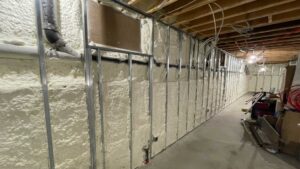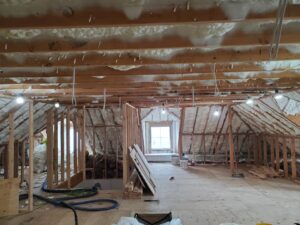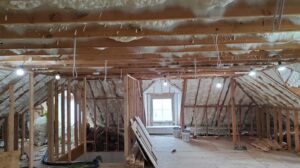Insulation is your home’s secret defense against high energy bills and discomfort. Think of it as a protective blanket that holds in warmth during the cold months and keeps heat out when the sun’s blazing. Proper insulation helps maintain your home’s temperature, slashing energy costs and making your living space more comfortable. It’s like outfitting your house with an all-weather gear; it stays cozy in winter and cool in summer. But insulation doesn’t only keep your climate controlled—it also means a quieter home, cutting down the racket from outside. Say hello to peaceful living and goodbye to those sky-high utility bills.
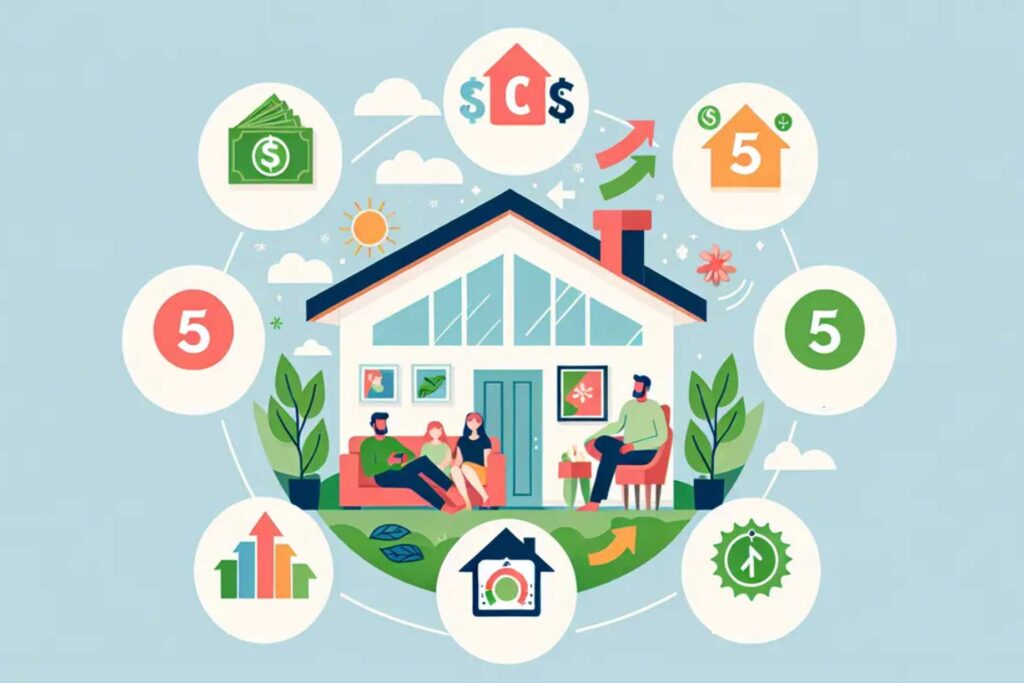
Benefit 1: Reduced Energy Bills with Effective Insulation
With proper insulation in your home, you’re looking at the prime benefit of slashing those pesky energy bills. Here’s the deal – insulation is like a snug blanket around your house. It keeps the heat in during the cold months and out when it’s hot outside. This means your heating and cooling systems don’t have to work overtime, and you save cash on energy costs. In fact, the U.S. Department of Energy says that you can cut heating and cooling expenses by up to 15% with proper attic insulation alone. Now, who wouldn’t want to keep a bit more green in their wallet with a move as simple as beefing up the insulation?
Benefit 2: Enhanced Comfort Through Temperature Regulation
Proper insulation acts like a cozy blanket for your house. It keeps you warm in winter and cool during the hot summer months. With insulation in the right places, like walls, floors, and attics, your heating and cooling systems don’t have to fight so hard against outdoor temperatures. This means rooms stay at a more constant temperature, creating a comfortable haven for your daily activities. Imagine less shivering in your living room or sweating in your kitchen – that’s what good insulation offers. Plus, when temperatures are steady, you’re less likely to tweak your thermostat. This not only adds to your comfort but also cuts down on wear and tear of your HVAC system, helping it last longer.
Benefit 3: Lower Carbon Footprint and Environmental Impact
When you insulate your home, you’re not just saving on energy bills; you’re helping the planet. A well-insulated house needs less energy to heat in the winter and cool in the summer, which means fewer greenhouse gas emissions from your home. This reduction in energy consumption translates to a lower carbon footprint, as you are indirectly cutting down on the carbon dioxide and other harmful gases released into the atmosphere through power plants. Moreover, some insulation materials are made from recycled or sustainable resources, adding to the environmental benefits. By keeping your energy use in check, insulation supports a cleaner, healthier environment for future generations.
Benefit 4: Improved Indoor Air Quality and Moisture Control
Regular insulation not only keeps your home warm in winter and cool in summer, but it also plays a big part in keeping your air clean. When you insulate your walls and attic, you block pesky allergens and pollutants from slipping inside. This means your family breathes in fewer nasties from outside. Plus, insulation helps prevent moisture build-up which can lead to mold and mildew. Nobody wants those troublemakers hanging around. So, by beefing up your insulation, you’re also creating a barrier against dampness. The result? Cleaner air, a healthier home, and less coughing and sneezing for you and your loved ones.
Benefit 5: Increased Home Value and Market Appeal
Improving your home’s insulation doesn’t just save you money on energy bills—it also boosts your property’s value. Think of insulation as an investment; when it’s time to sell, buyers will pay more for a home that’s designed to be energy efficient. This is because a well-insulated home typically means reduced heating and cooling costs, which is a huge draw for buyers looking to cut down on monthly expenses. Plus, with the growing awareness of sustainability, a home with high-quality insulation has a competitive edge in the real estate market. So, by upgrading your insulation, you’re not only creating a comfortable living environment but also making a smart financial decision that can pay off in the future.
Types of Insulation Solutions for Different Home Areas
Choosing the right insulation is critical—it’s about finding the perfect armor for your home. Let’s break it down. For the attic, you’re looking at loose-fill or batts. Loose-fill, made of fiberglass, cellulose, or mineral wool, can fill nooks and crannies, giving a snug fit. Batts, those big pink or yellow blankets, are easier to handle but might leave gaps if not installed properly. In the walls, you want something that’s going to stand guard like a silent warrior. Injected foam insulation can fill wall cavities, and rigid foam boards add extra protection. Under the floors, a vapor barrier might join forces with insulation to combat moisture and cold. And let’s not forget the basement—foam boards and spray foam can seal off this space from the underground chill. Remember, pairing the right insulation with the right space is about maximizing defense against energy loss.
Understanding the R-Value in Insulation Materials
The term R-value is a measure you’ll hear a lot when it comes to insulation—it tells you how good a material is at resisting the flow of heat. Simply put, the higher the R-value, the better that material is at keeping heat in or out, depending on the season. So, when you’re looking to keep your home warm in winter or cool in summer, you want insulation with a high R-value. Various materials have different R-values; for instance, thicker and denser materials usually have higher values, meaning they insulate better. Factors like moisture and installation can affect the R-value, so it’s important to make sure insulation is properly installed to get the full benefit. Remember, good insulation means you’ll need less energy to heat or cool your home, leading to savings on your energy bills and a more comfortable living environment.
Tips for Choosing the Right Insulation for Your Home
When picking insulation for your home, consider the R-value – that’s the measure of how well insulation can resist heat flow. Higher R-value means better insulation. You also need to think about where you’ll put it. Attics, walls, and floors all have different needs. Choose materials that are suited to your climate. Insulation like fiberglass, cellulose, and foam all perform differently depending on moisture and temperature. Don’t forget to check your budget too. Some options might cost more upfront but save you cash in energy bills over time. Lastly, aim for eco-friendly choices that reduce environmental impact. Simple, effective insulation can give you comfort and savings for years.
Conclusion: Summing Up the Advantages of Home Insulation
In wrapping up, home insulation is a game-changer for your energy bills and comfort. First, it traps warmth during winter and keeps the heat out in summer, slashing your heating and cooling costs big time. Second, it’s a win for the environment, as less energy use means lower carbon emissions. You’ll also enjoy a peaceful home since insulation is ace at muffling outside noise. Plus, it stops moisture trouble which could save you a fortune on repairs. And finally, insulation boosts your property’s value. All in all, smart insulation pays off in more ways than one.
